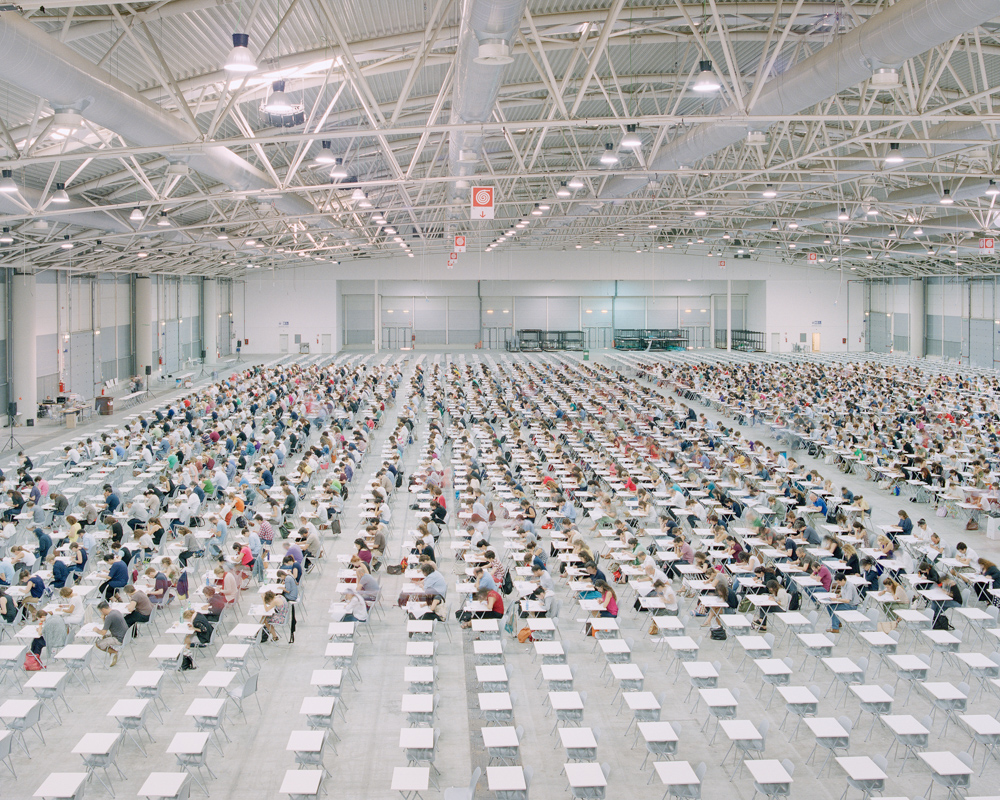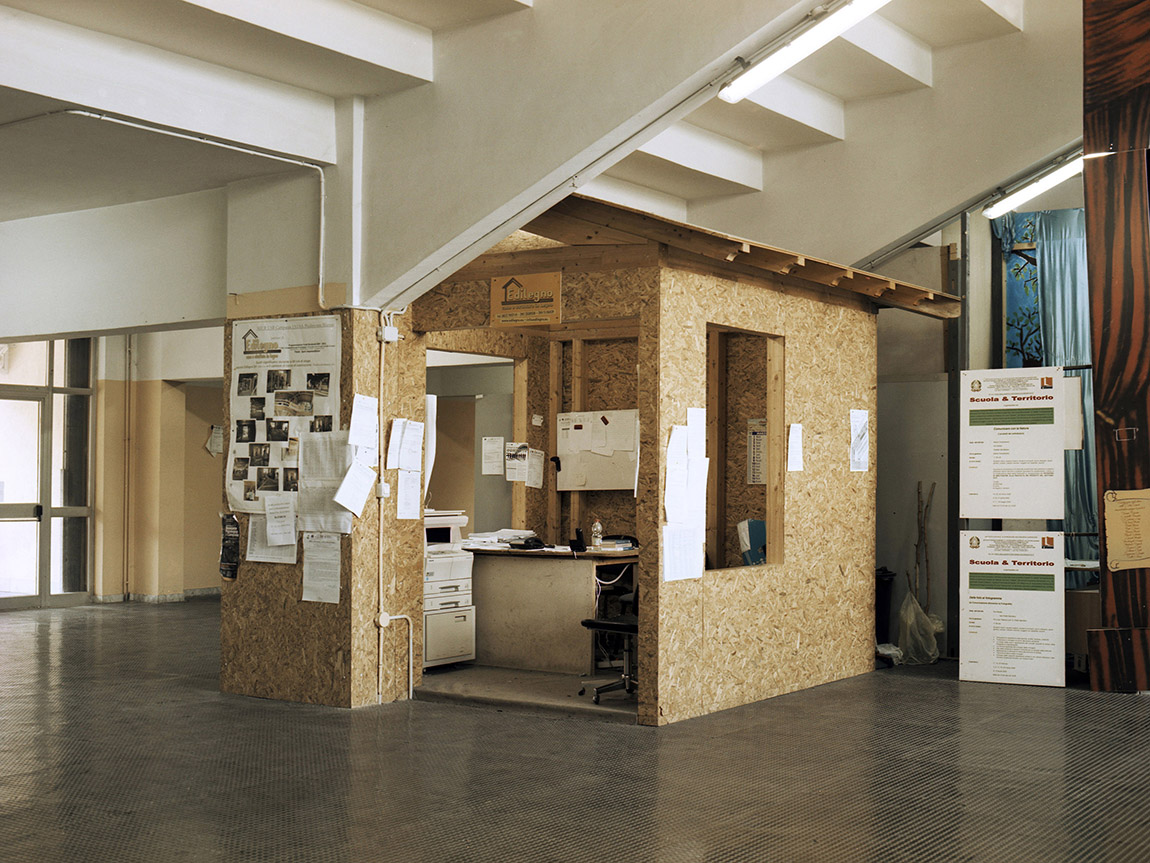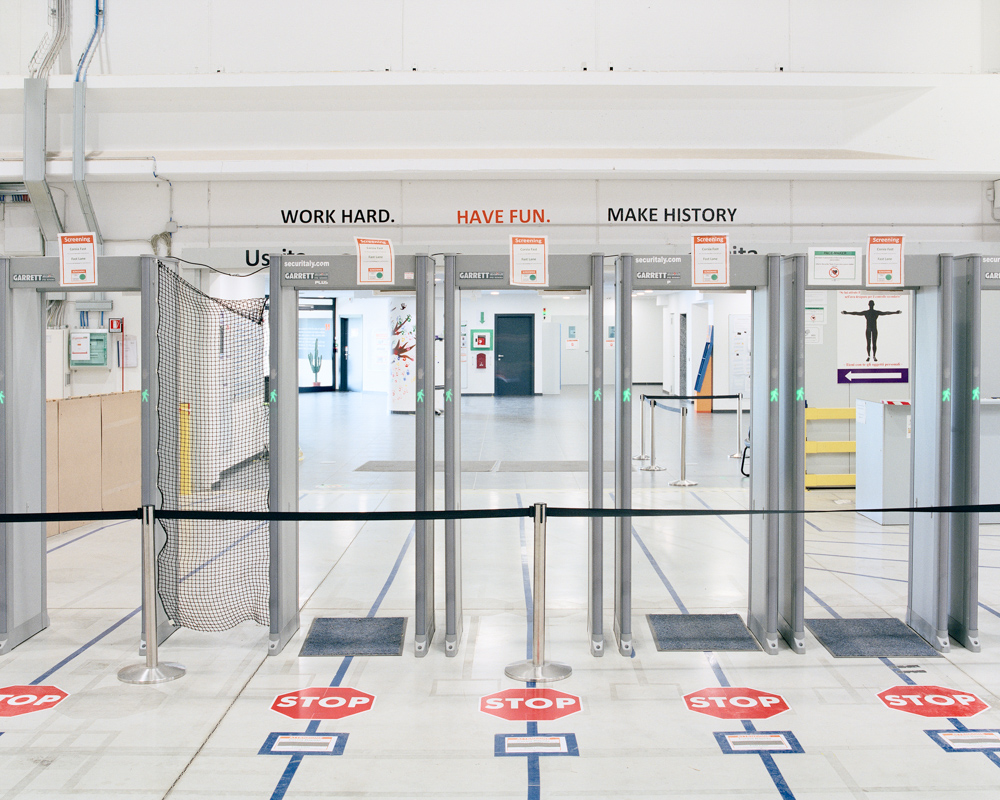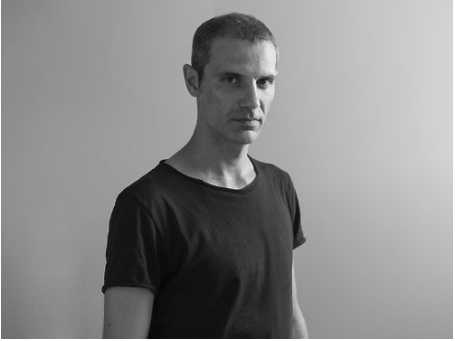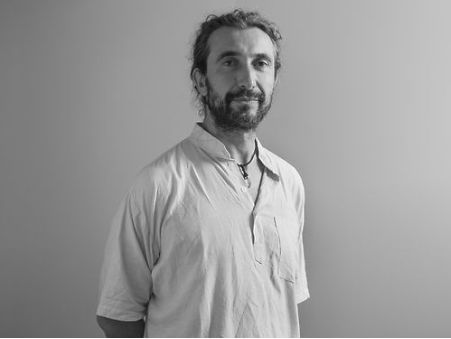School Today
The latest OECD report on education in the major industrialized countries provides some data on schools in Italy: low percentage of graduates, lower than average expenditure on education, elderly and poorly paid teachers, and a high percentage of young people who leave school before taking their diploma. Italian schools also face some structural problems. According to recent data, about 60% of public schools do not comply with the most recent safety recommendations and about sixty thousand students attend schools with serious structural deficiencies. Despite recent public investment in the education sector, it has been calculated that it will take one hundred and ten years to improve all schools. In a country subject to periodic earthquakes, about ten thousand schools do not meet the seismic requirements.
However, school is also a platform of excellence and creativity. The National Institute of
Documentation, Innovation and Educational Research (Indire) has recently recorded nearly 1,400 small mountain schools, attended by about 250,000 students. A reality that represents a vital resource in these marginal territories. Small schools, besieged by cuts in public spending, are in fact an essential garrison to keep the most isolated communities alive. A school that resists is, in fact, a community that does not dissolve. In small schools, students are organized in multi-age classrooms, with students of different age groups. If on the one hand, they are seen as an emergency solution, on the other hand special programs try to transform these realities into platforms for experimentation and pedagogical innovation.
And then, there are also the “schools in the woods”. Born in Denmark in the 1950s, their presence has grown around the world and is becoming increasingly popular in Italy too. In addition to private schools, the public system is also becoming aware of the advantages offered by outdoor education, especially in rural contexts where the training on offer can be enriched by the beauty of the territory.
Workforce
Workforce is an ambitious documentary project that attempts to draw a composite picture of Italy’s current labour landscape.
It is articulated in nine chapters, often distant – not only geographically – but sometimes intertwined: logistic centres, open competitive examinations, bankruptcy auctions, call centers, industry 4.0, agricultural migrant workers, trade union pickets, Chinese textile industry, and companies bought out by their workers. Different stories, ranging from the evidence of scars left by the crisis to the impact of globalization, from technological innovation to migration, from failures to rebirths.
The common thread is the photographer’s gaze, and the reality of work today: what is and where is the workforce, which in the last three decades has lost shares of national wealth, political voice and media visibility.
It is an Italian journey, but common also in other parts of the globalized world. Michele Borzoni presents Italy as a case study that illustrates not only the effects of the economic crisis on the labour system, but also the impact of long-lasting processes, such as the technological revolution, globalization and migration. These include increasing job insecurity, the deterioration of the old manufacturing sector, the rise of logistics services, automation, the challenges faced by local productions, and the impact of intense migratory flowing from developing countries.
